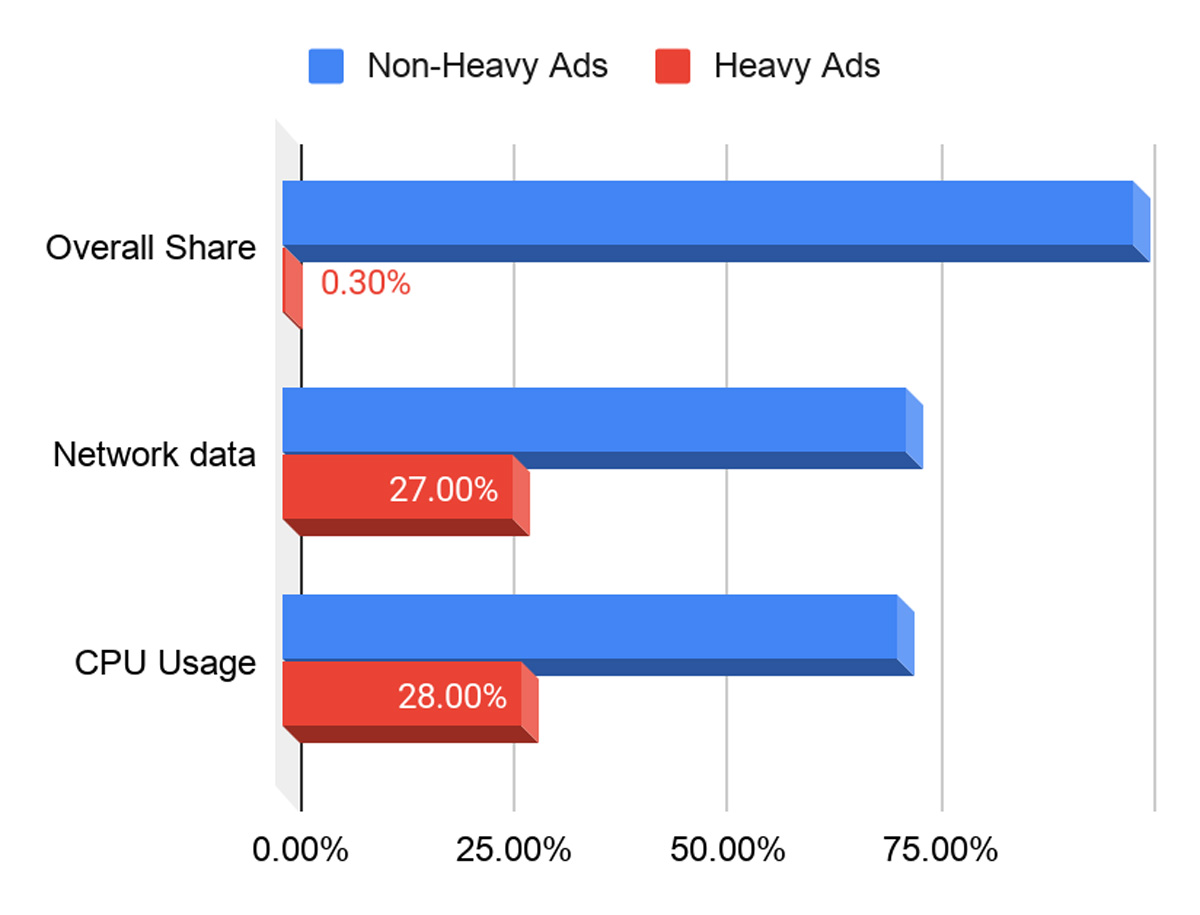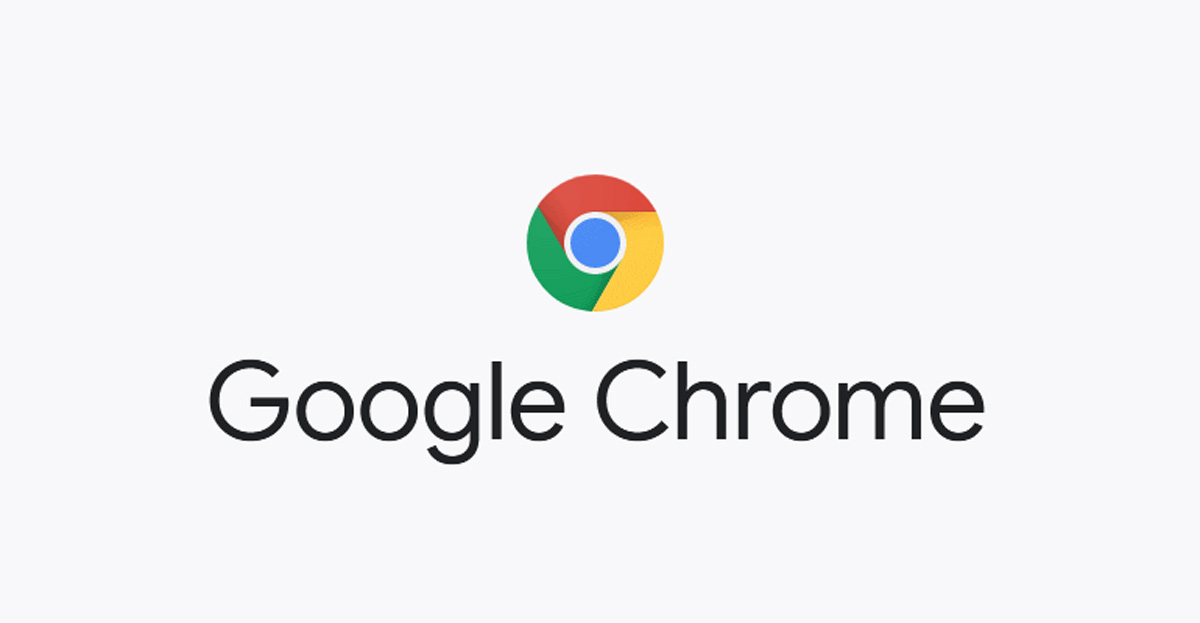Google will limit the amount of resources advertisements can use on its Chrome web browser for both desktop and mobile platforms. It’s been discovered that a fraction of a percent of ads consume a disproportionate share of device resources such as battery and network data, wrote the company on its official Chromium blog post.
They added that these ads are malicious, with some used to mine cryptocurrency, are poorly programmed, or are unoptimized for network usage. Worst of all, the user isn’t aware of these resource hogs when these advertisements come into play during web browsing.

Chrome will be limiting resources for these ads by disabling them once they have hit the resource limit, the company explained. In place of the ad, users will be shown an error page with an explanation to why it has occurred.
Google added that the web browser is only targeting ads that use more network bandwidth or CPU process of more than 99.9-percent of other advertisements, which amounts to 4MB of network data and a threshold of 15 seconds of CPU usage in 30 seconds. While only 0.3-percent of ads exceed this threshold today, they account for 27-percent of network data used by ads and 28-percent of all ad CPU usage, explained the company.

The upcoming Google Chrome update is slated to be rolled out by the end of August. The company also stated that this extended rollout is to give appropriate time for ad creators and tool providers to prepare and incorporate these thresholds into their workflows.
(Source: Google)
Follow us on Instagram, Facebook, Twitter or Telegram for more updates and breaking news.



